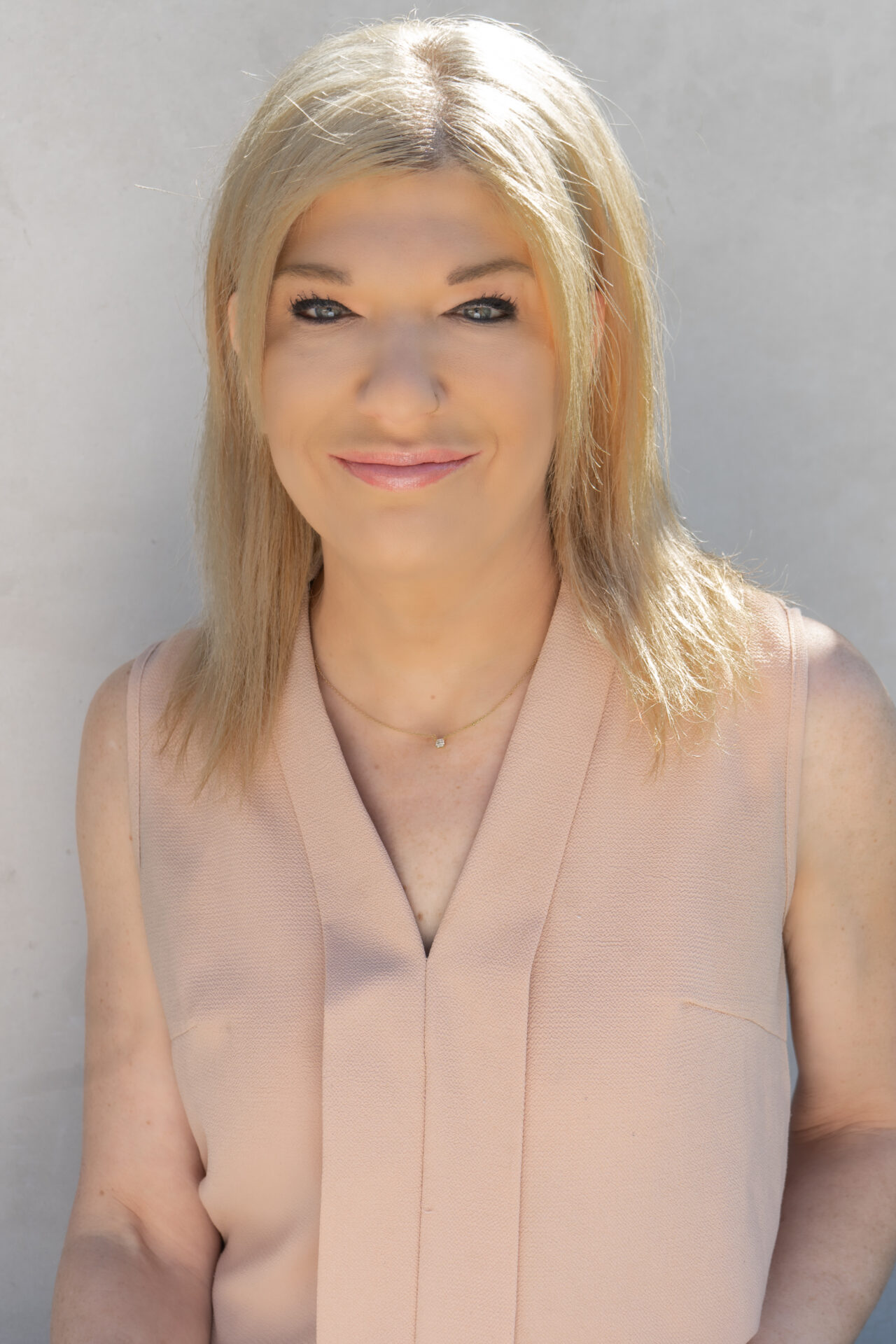What is Pink Clouding?
Many of us have heard the term “pink cloud” used in the early stages of recovery. What is it? Why is it used? According to Forbes, “Pink Cloud Syndrome” is a phenomenon that causes a “high on life” feeling that often occurs during the early days of sobriety. Clients have often described this as a honeymoon phase that can feel like a rush of euphoria and immense joy. The pink cloud foundation references phenomenon first coined in the early years of Alcoholics Anonymous, and now commonly found in psychiatric and medical literature, known as “Pink Cloud Syndrome”. “Pink Cloud Syndrome” is defined as “the state of mind, usually experienced in early sobriety (Day 14 to 45)”, characterized by extreme happiness, sudden clarity, and overconfidence. This “natural high” feels very similar to the “high” we felt during our time in active use of drugs and/or alcohol.
Dangers of Pink Clouding
Often when a patient is experiencing this phenomenon, their risk for relapse can increase due to feeling they will never relapse again. Instead of learning tools, utilizing strategies, and working through cravings, patients will feel invincible to relapse. According to Forbes, “when the pink cloud wears off, post-acute withdrawal symptoms (PAWS) is quick to take over. PAWS symptoms include impaired concentration, memory problems, insomnia or hyposomnia, fatigue, stress intolerance, depression, anxiety, and mood swings. The pink cloud can create unrealistic expectations about life and the work needed to maintain recovery. Pink clouding can lead to the illusion of safety and confidence, then when the pink cloud dissipates, it can lead to disappointment, relapse, and feelings of hopelessness.
Perks of Pink Clouding
The early stages of addiction can cause a lot of distress and discomfort. According to Healthline, “Pink clouding offers a much-needed perspective shift. If you haven’t felt optimistic or excited about life in a long time, you might feel even more enticed by this vision of what life can look like. During this phase, you’re probably also getting back into touch with your emotions. It can feel exhilarating to experience things like hope, joy, and excitement again.” It’s imperative for the treatment center to be aware of this syndrome to understand what the patient is experiencing and to employ targeted interventions in their treatment plan.
What causes Pink Cloud
Pink cloud syndrome usually presents after detox and before post-acute withdrawal symptoms. Generally, this occurs when withdrawal symptoms have decreased or managed with medications. There is no timeline as to when this begins and ends, as it varies with everyone. Not all clients experience this, although for those that do, it’s crucial to know the signs and symptoms of this phenomenon.
Signs and Symptoms of Pink Cloud
It’s important to understand that not all patients experience the same signs and symptoms, as they can vary from patient to patient. Signs of pink cloud syndrome include:
- Elevated mood
- Extreme optimism
- Increased energy levels
- Eagerness to reestablish relationships
- Positive outlook on life
- Newfound motivation for everyday tasks
- Increased engagement
- Feelings of euphoria and extreme joy
- A tendency to overlook the hard work necessary to maintain sobriety
Conclusion
Early recovery can be extremely difficult, and the pink cloud often offers reprieve during the most challenging times one may experience. The pink cloud phase can be enjoyable and fill the individual with confidence and hope. Experts suggest enjoying this syndrome while it lasts and “use the boost to your mood to prepare yourself for the road ahead.” (Raypole, https://www.healthline.com/health/pink-cloud) It’s crucial for treatment centers to understand pink cloud syndrome to decrease the dangers and reduce relapse risk.
At Carrara treatment, early interventions are put into place to assist clients going through pink cloud syndrome. Integrative treatment plans for pink cloud syndrome includes holistic services, intensive psychotherapy, somatic therapy, psychoeducation about addiction and relapse, group process, physical fitness, and mindfulness strategies.
References
https://www.forbes.com/health/mind/pink-cloud/
https://www.healthline.com/health/pink-cloud
https://pinkcloudfoundation.org/who-we-are
Britney Elyse has over 15 years experience in mental health and addiction treatment. Britney completed her undergraduate work at San Francisco State University and her M.A. in Clinical Psychology at Antioch University. Britney worked in the music industry for several years prior to discovering her calling as a therapist. Britney’s background in music management, gave her first hand experience working with musicians impacted by addiction. Britney specializes in treating trauma using Somatic Experiencing and evidence based practices. Britney’s work begins with forming a strong therapeutic alliance to gain trust and promote change. Britney has given many presentations on somatic therapy in the treatment setting to increase awareness and decrease the stigma of mental health issues. A few years ago, Britney moved into the role of Clinical Director and found her passion in supervising the clinical team. Britney’s unique approach to client care, allows us to access and heal, our most severe cases with compassion and love. Prior to join the Carrara team, Britney was the Clinical Director of a premier luxury treatment facility with 6 residential houses and an outpatient program




